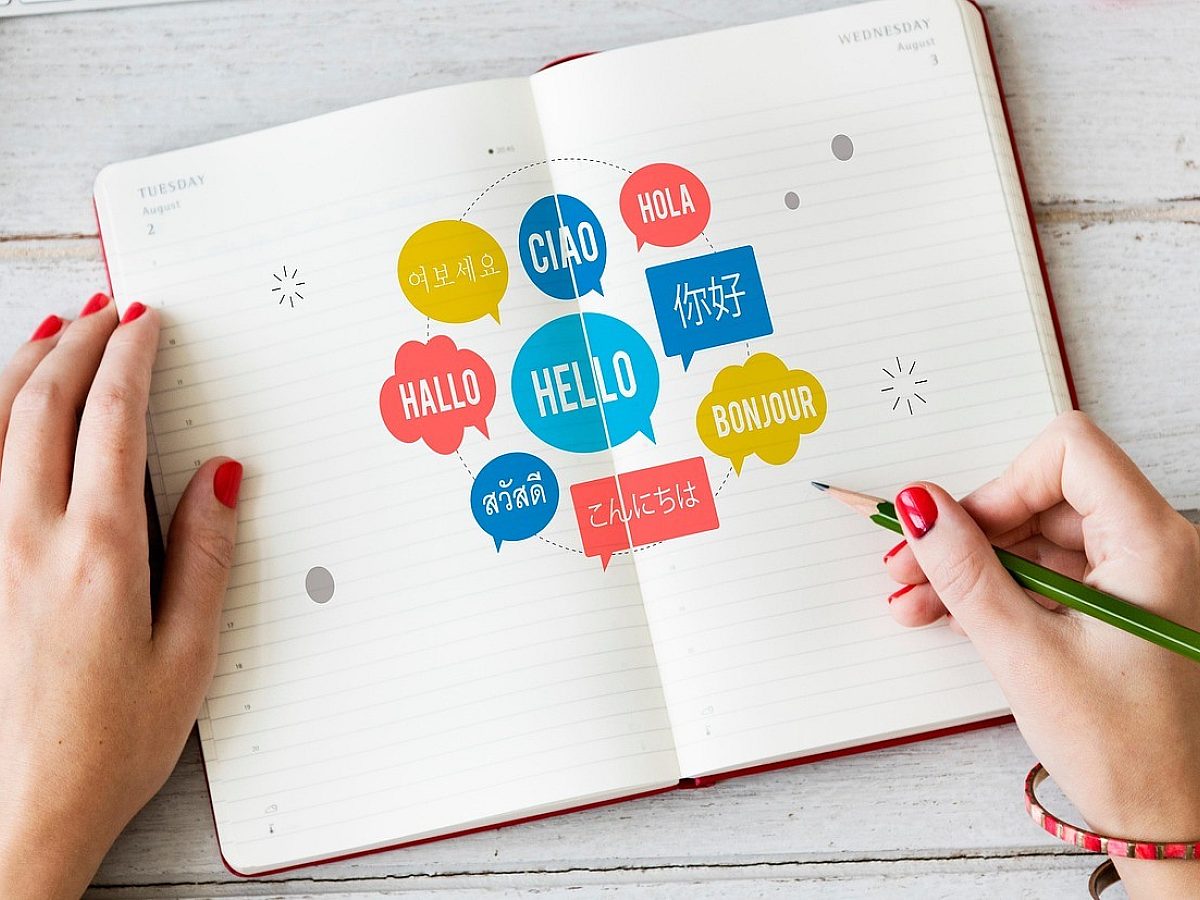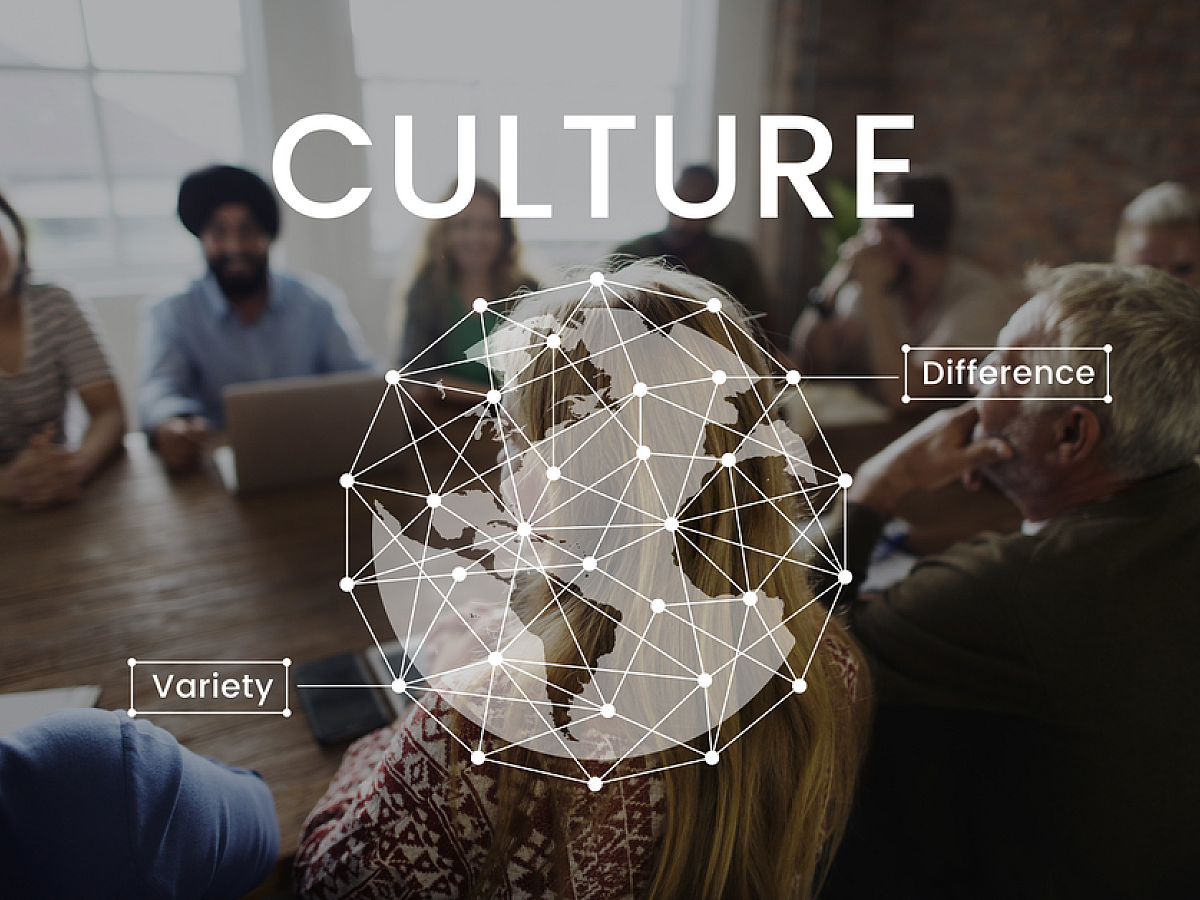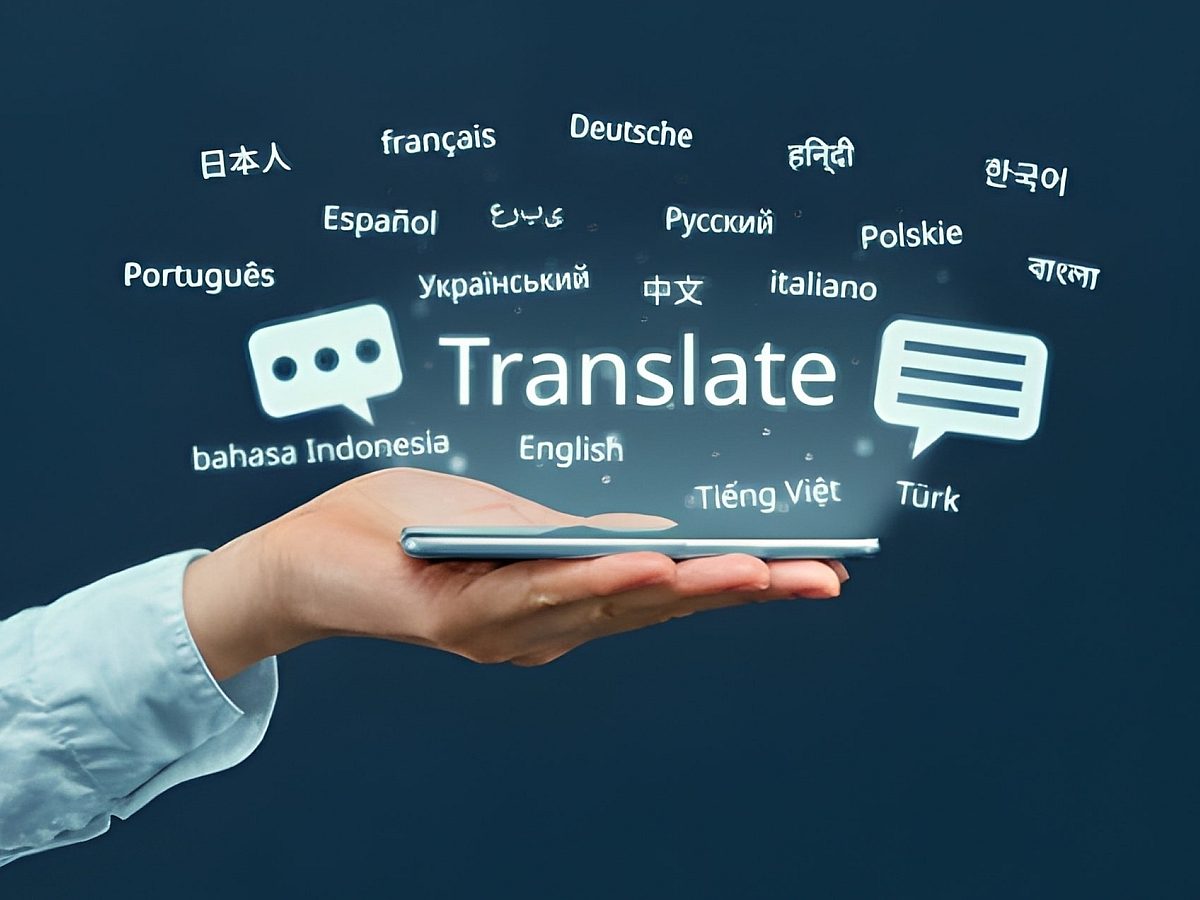Informed consent is a foundational element of ethical and legal standards in clinical trials, academic studies and market research. It ensures that individuals clearly understand the terms of their participation.
Gaining truly informed consent can be challenging, even when researchers and participants share a common mother tongue. When participants do not speak the primary language of the study, unique challenges arise.
Imagine a clinical trial conducted in the US, where a Spanish-speaking participant is handed an English-language consent form.
Trusting the authority of the doctor, they sign it without fully understanding the risks or their rights. Later, they experience unexpected side effects and realize they had not truly consented because they never fully understood the scope of the study.
Situations like this can lead to ethical breaches and legal consequences, which may cause financial harm and disrupt important research objectives.
To ensure meaningful consent, organizations must prioritize translation, localization (i.e. cultural adaptation), and accessibility in the consent process. And, they must ensure that all participants and researchers, regardless of language and location, share a mutual understanding of the study’s purpose, procedures and risks.
At Wolfestone Group, our certified linguists specialize in drafting, translating and localizing consent documents for medical research, clinical trials and global market research. Since 2006, we’ve helped businesses achieve their global research aims across 220+ language pairs.
The following article will cover key regulatory standards regarding consent and provide best practices for using translated materials to obtain it.
What is Informed Consent and Why Is It Important?
Informed consent is a voluntary agreement to participate in a study, trial, or service after being fully informed of all relevant details. These include potential risks, benefits, procedures and participant rights.
Informed consent is not just about signing a form—it is about clearly comprehending it. Simply signing a form without understanding it is not informed consent.
Even if a participant thinks they understand, it is not informed consent if they don’t really understand.
This makes consent particularly difficult for multilingual audiences. Translation errors can undermine the informed consent process—sometimes without researchers even realizing it.
Informed consent is the foundation of a study or trial’s validity. Failing to meet these ethical standards can weaken the reliability of the results and put the entire study at risk.
The Role of Translation (and Localization) in Informed Consent
Translation of informed consent documents is the simplest way to ensure that all participants, regardless of language, receive the same quality of information. However, not all translation guarantees understanding.
Meaningful informed consent requires accurate, culturally appropriate translations that reflect the original intent. They must be easy to understand and meet the specific needs of the target audience.
To accomplish this, researchers must work with specialist human translators who have experience with informed consent documentation in their industry.
In some cases, AI translation and machine translation (MT) can be useful, cost-saving resources. However, they should always be overseen by a human translator.
Localization—adapting content to cultural and linguistic norms—is just as important as translation. For instance, medical terms or legal expressions common in one country might not have direct equivalents in another. Effective localization ensures that these concepts are explained clearly and appropriately.
Linguistic validation is often also needed to truly ensure user understand materials.
Consent-related materials that may require translation include:
- Informed consent forms (ICFs)
- Electronic consent (eConsent) systems
- Study brochures and patient information leaflets (PILs)
- Video or multimedia explanations
- Oral explanations (may require interpreting)
- Clinical outcome assessments (COAs & eCOAs)
Understanding Legal and Ethical Obligations
Informed consent regulations are largely divided into two categories:
- Rules about the contents of consent materials (e.g. explaining risks, benefits, processes)
- Rules about how consent is documented (e.g. signed forms, use of witnesses, date of consent)
There are no specific regulations on how translated materials should be handled—but that doesn’t mean translation isn’t required.
The FDA states that “researchers must ensure that the information given to prospective subjects…is in language understandable to the subjects.”
For example, in FDA-regulated clinical trials, participants must sign the version of the consent form that was used during the discussion. That means if the conversation was in Spanish, the participant should sign the Spanish form.
Other laws, like GDPR in Europe and HIPAA in the United States, impose additional standards on data privacy. They require that participants be informed about data usage and privacy rights in clear terms.
This is something that cannot be achieved without accurate, accessible translations for non-English speakers.

Challenges of Obtaining Translated Informed Consent
Translating consent documents isn’t as straightforward as it seems.
Several challenges can compromise the quality and validity of informed consent:
- Language barriers: Poor translations (often provided by automated translation tools) don’t consider nuance or complex terminology. They translate each word literally, which can lead to errors and confusion.
- Comprehension levels: General or lower-literacy audiences may not understand technical and legal jargon, even when translated. They may not be able to express their lack of understanding if a researcher does not speak their language.
- Cultural differences: Concepts such as “placebo,” “data sharing,” or “withdrawal from study” may be interpreted differently depending on cultural context.
- Accessibility needs: Participants may have physical impairments or literacy challenges that prevent them from providing informed consent. They may require adaptations like Braille or audio versions.
- Communication breakdowns: Without bilingual staff or interpreters, questions and clarifications can go unanswered. This can impact participant retention rates and reduce the likelihood of meaningful consent.
Failure to address these issues can invalidate the consent process and expose organizations to compliance risks.
Translated Informed Consent: Best Practices
To avoid the issues outlined in the previous section, organizations should follow these informed consent translation best practices:
Use Qualified Human Translators
AI-generated translations may be fast, but they are not suitable for critical documents like informed consent. Professional translators with expertise in life sciences, marketing, academic studies and regulatory compliance are essential.
Wolfestone Group has a global network of certified human translators covering 220+ language pairs. We provide organizations with expert linguists who have experience translating research documents, including informed consent forms.
Promote Accuracy and Consistency
Terms and phrasing must remain consistent across all languages to ensure that no participant receives different information. Using freelancers or independent translators for each target language can lead to inconsistencies in wording and meaning across versions.
Consulting a translation and localization company is the best option for multilingual trials and studies. At Wolfestone Group, we use specialized technology like digital glossaries and translation memory (TM) to manage consistency across languages.
Avoid Jargon and Tailor Language to Your Audience
Legal and medical terminology should be simplified and defined whenever possible. Accuracy is important when explaining key research elements—but accuracy without understanding does not meet the requirements for informed consent.
A well-translated document should be understandable without specialist knowledge. Consider the reading level, age, education and cultural familiarity of your audience.
Use Back Translation
Back translation is the process of translating a document back into its original language to verify that the meaning has not changed. This step adds a layer of quality assurance and is particularly recommended for high-risk or high-stakes content.
Researchers should review back-translated documents to verify that they (the researchers) have the same understanding of a document as the participants. Even if an informed consent form is translated perfectly, researchers can undermine it by going beyond its scope.
Consider Cultural Sensitivity
Localized content takes cultural nuances into account.
This might involve adapting examples, visuals, or phrasing to fit local norms and expectations. For example, images of individuals in brochures may reflect the clothing and appearance of people from the target region.
This may not seem important for informed consent, but a culturally sensitive approach builds trust. Trust boosts participation rates and encourages genuine consent.
Address Accessibility Needs
Not every participant can read a printed form.
Consider accessible formats such as Braille, audio recordings, large print and multimedia content. Educational videos in multiple languages can also be a helpful supplement to written materials.
Of course, these alternatives should be translated to encourage the same understanding as the consent forms. Having multilingual staff or interpreters available during the consent process can make this go more smoothly.
Clear Translation Supports Informed Consent
Gaining informed consent may seem like a small step when preparing for a global study or trial, but issues with consent forms can derail a study and squander resources.
When working with diverse populations, organizations must invest in professional human translation and accessibility services. This is an often overlooked yet critical factor in reducing risk and upholding your ethical commitment to participants.
At Wolfestone Group, we’ve spent over two decades supporting organizations in clinical research, market research and more with expert translation and localization services.
We provide comprehensive language services for multilingual research, including:
- Translation
- Localization
- Linguistic Validation
- Transcription
- Transcreation
- Interpreting
- Audio Description
- And More.
Wolfestone Group has the expertise and resources to support your global research projects from initial planning to final delivery.
We are also one of the few language service providers certified to ISO 27001:2022, the international standard for information security. This ensures that all sensitive data—including participant information—remains confidential.
Contact Wolfestone Group today to learn more about how we help organizations achieve their research goals.



